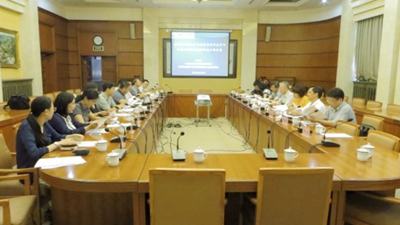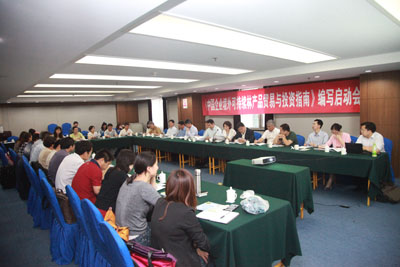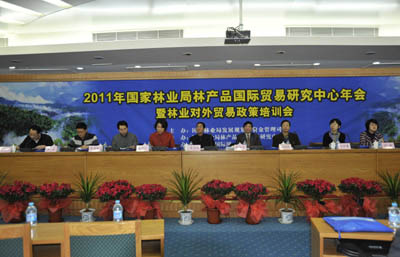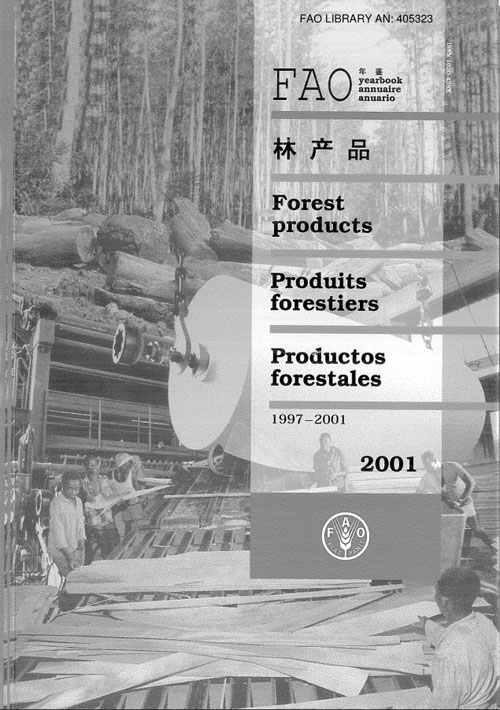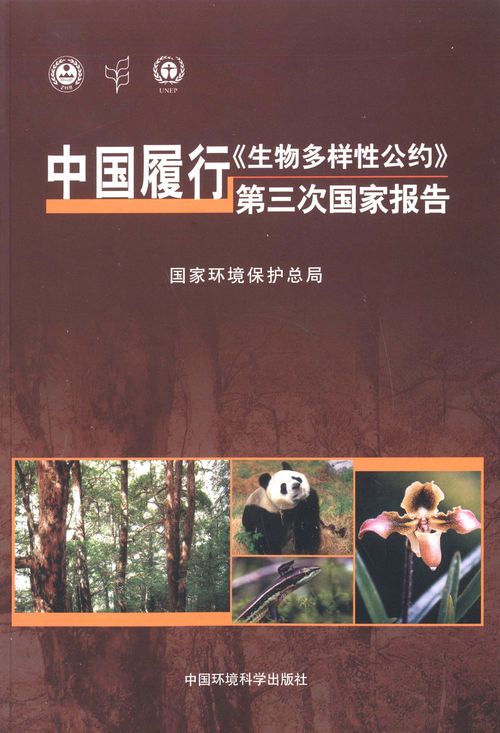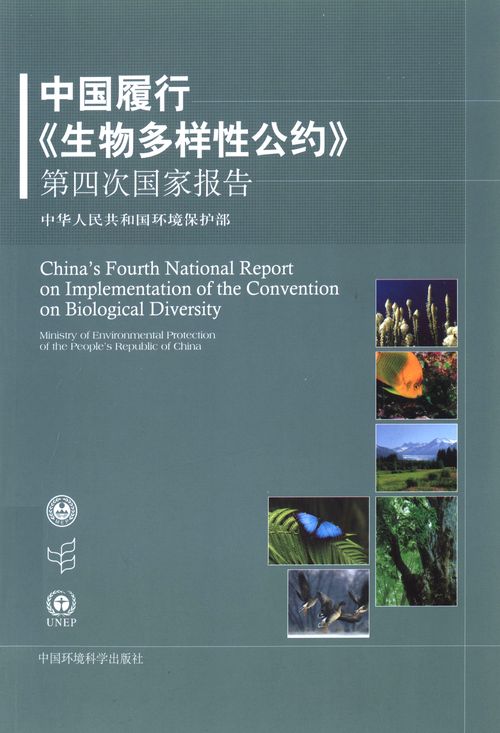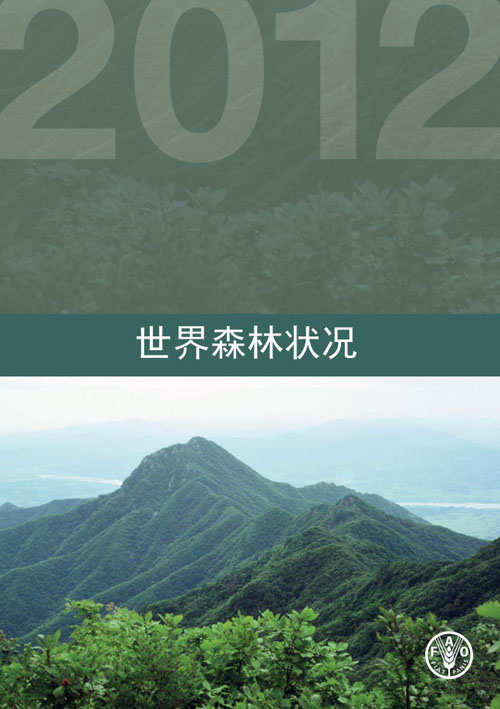
中国自贸区建设实践及其对林产品贸易影响研究述评
编号
lyqk009462


中文标题
中国自贸区建设实践及其对林产品贸易影响研究述评


作者单位
1. 浙江农林大学经济管理学院,浙江临安 311300;
2. 浙江省重点培育智库-浙江农林大学浙江省乡村振兴研究院,浙江临安 311300


期刊名称
世界林业研究


年份
2021


卷号
34


期号
2


栏目编号
2.0


栏目名称
各国林业


中文摘要
文中选取中国—东盟自贸区、中韩自贸区和中日韩自贸区3个典型中国自贸区案例,回顾和总结其建设进程和相关研究;在此基础上,重点梳理现有中国相关自贸区建设对林产品贸易影响的相关研究成果和不足。现有研究主要从关税政策、环境政策以及非关税壁垒政策角度探究自贸区建设对林产品贸易的影响,并从贸易规模、国际竞争力、潜力测评3个角度分别讨论中国自贸区林产品贸易现状,尤其是基于自贸区关税配额、分类减让和系统例外3种降税政策分析和比较自贸区建设对林产品贸易的影响。现有研究表明,目前对自贸区背景下的林产品贸易研究缺乏,尤其关于自贸区建设对中国林产品贸易流量和贸易结构变化的影响研究明显不足,且研究方法较为单一。今后可以重点开展不同自贸区政策下的我国林产品在出口贸易结构和流向上的差异性比较研究和潜在自贸区对中国林产品出口贸易影响的预测与评估研究。


关键词
林产品贸易
自贸区建设
降税政策
贸易流向
贸易结构
中国


基金项目
浙江农林大学科研发展基金“中国森林转型和实现路径研究”(2018FR062);国家自然科学基金青年项目“中国木材产业全球价值链攀升的动力机制及其环境效应研究”(72003179);浙江农林大学科研发展基金项目“全球价值链视角下中国木材产业升级研究”(2034020108)


英文标题
Literature Review of China’s Free Trade Area Development and Its Impact on the Forest Products Trade


作者英文名
Pan Lei, Zhu Zhen, Xiong Lichun


单位英文名
1. College of Economics and Management, Zhejiang Agriculture & Forestry University, Lin’an 311300, Zhejiang, China;
2. Zhejiang Province Key Cultivating Think Tank: Research Academy for Rural Revitalization of Zhejiang Province, Zhejiang Agriculture & Forestry University, Lin’an 311300, Zhejiang, China


英文摘要
The paper selects China-ASEAN Free Trade Area, China-South Korea Free Trade Area and China-Japan-South Korea Free Trade Area to review and summarize their development process and related researches. Then the literature review is made for the research on the impact of these free trade areas development on forest products trade. The current researches attempt to explore the impact of free trade areas development on forest products trade from the perspectives of tariff policy, environmental policy and non-tariff barrier policy, and discuss the current situation of forest products trade in these free trade areas from three perspectives of trade scale, international competitiveness and potential evaluation. And the impact is also analyzed and compared based on three tax reduction policies of tariff quota, classified concessions and system exceptions implemented in the free trade areas. There is a lack of research on the forest products trade in the context of the free trade areas, especially on the impact of the free trade area development on the trade flow and trade structure of forest products in China, and the research methods is limited. The future research could be focused on the comparative study of the differences in the trade flow and structure of forest products between different free trade areas of China and the forecast and evaluation study of the impact of potential free trade area on the forest products export trade of China.


英文关键词
forest products trade;free trade area development;tax reduction policy;trade flow;trade structure;China


起始页码
49


截止页码
55


投稿时间
2020/4/7


最后修改时间
2021/2/1


作者简介
潘磊,男,浙江丽水人,浙江农林大学经济管理学院硕士研究生,研究方向为林产品贸易,E-mail:563465362@qq.com


通讯作者介绍
朱臻,男,浙江嘉兴人,浙江农林大学经济管理学院教授、硕士生导师,研究方向为林业经济理论与政策,E-mail:zhuzhen8149278@126.com


E-mail
朱臻,zhuzhen8149278@126.com


分类号
F752.654


DOI
10.13348/j.cnki.sjlyyj.2021.0007.y


参考文献
[1] JIM O D. What’s in an FTA?: reflections on a chance meeting with Claudine[J]. Journal of Politeness Research, Language, Behaviour, Culture, 2007, 3(2):243-268.
[2] 余妙宏. 论自由贸易区(FTA)与国家战略的对接联动[J]. 山东社会科学,2019(12):61-66.
[3] 封雅琴. 中国-东盟自由贸易区(CAFTA)贸易额分析: 基于引力模型[J]. 时代经贸,2019(14):46-47.
[4] 马莉, 胡超. 中国-东盟自由贸易区的贸易效应[J]. 经济导刊,2011(3):6-7.
[5] GUILHOT L. Assessing the impact of the main East-Asian free trade agreements using a gravity model: first results[J]. Economics Bulletin, 2010, 30(1):282-291.
[6] 杨春雨. 中国—东盟自由贸易区建设的现状、效应和趋势研究[D]. 合肥: 安徽大学, 2014: 19.
[7] 余淼杰, 高恺琳. 中国-东盟自由贸易区的经济影响和减贫效应[J]. 国际经济评论,2018(4):102-125,7.
[8] 王开玉. 中国-东盟自由贸易区现状及中国对策研究[J]. 北方经贸,2015(8):10-11, 14.
[9] 李建伟, 吕玲玲, 黄悦琛, 等. 中国-东盟自由贸易区升级版背景下中国-东盟货物贸易发展路径[J]. 东南亚纵横,2015(3):34-38.
[10] 孙波. CAFTA贸易效应及贸易趋势研究[D]. 沈阳: 沈阳工业大学, 2015: 21.
[11] 于倩, 武云蕾. 中国-东盟自由贸易区各国贸易便利化的测度及对中国出口贸易的影响[J]. 全球化,2019(6):58-72, 135.
[12] 阮夏冰. “中国—东盟自由贸易区”优惠关税对我国贸易影响分析[D]. 上海: 上海海关学院, 2016.
[13] 徐芬, 刘宏曼. 中国农产品进口的自贸区贸易创造和贸易转移效应研究: 基于SYSGMM估计的进口需求模型[J]. 农业经济问题,2017,38(9):76-84,111-112.
[14] 杨重玉, 高岚. 中国-东盟自由贸易区的中国农产品出口贸易效应[J]. 北京工商大学学报(社会科学版),2018,33(4):43-52.
[15] 汪秀清, 林升婷. 中韩自贸区的发展历程与策略分析[J]. 市场论坛,2016(10):53-55.
[16] 尚晓语. 中韩自贸区的建立对中国经济的影响[J]. 全国流通经济,2018(12):14-15.
[17] 朴英姬, 孟晓. “21世纪海上丝绸之路”视角下的中韩自贸区建设[J]. 东方论坛,2016(6):48-54.
[18] 王顶. 韩国对华反倾销的现状、特点及应对之策[J]. 对外经贸实务,2019(8):38-43.
[19] 吴国春, 高瑞. 新形势下中国林产品贸易面临的问题及对策研究[J]. 安徽农业科学,2014,42(22):7533-7536.
[20] 李天生, 臧祥真. 论中韩自贸区环境与贸易机制的完善: 以NAFTA相关机制为启示[J]. 山东社会科学,2019(12):48-54.
[21] PARK J. Agricultural trade between Korea, China, Japan: disputes and countermeasures[J]. East Asian Review, 2002, 14(3):49-66.
[22] 王俊. 中日韩自由贸易区建设探讨[J]. 合作经济与科技,2016(18):118-120.
[23] 赵瑾. 浅析中日双边贸易现状及未来走势[J]. 经济师,2010(8):102-104.
[24] 韩丽晶. 木材可追溯性视角下的林产品环境贸易政策研究[D]. 哈尔滨: 东北林业大学, 2015: 27-35.
[25] SOLBERG B, MOISEYEV A, KALLIO A M I, et al. Forest sector market impacts of changed roundwood export tariffs and investment climate in Russia[J]. Forest Policy and Economics, 2009, 12(1):17-23.
[26] 侯方淼, 宋维明, 陈伟, 等. 中国林产品对外贸易政策评价初探[J]. 世界林业研究,2010,23(5):44-48.
[27] 盛斌, 魏方. 新中国对外贸易发展70年: 回顾与展望[J]. 财贸经济,2019,40(10):34-49.
[28] ZHANG Y, LUO W, DUAN X, et al. The impact of environmental regulations on forest product trade in China[J]. Natural Resource Modeling, 2019, 32(2):1-17.
[29] BANDARA W A, VLOSKY R P. An analysis of the U. S. wood products import sector: prospects for tropical wood products exporters[J]. Journal of Tropical Forestry & Environment, 2012, 2(2):49-62.
[30] SUN L, BOGDANSKI B E C, STENNES B, et al. Impacts of tariff and non-tariff trade barriers on the global forest products trade: an application of the Global Forest Product Model[J]. International Forestry Review, 2010, 12(1):49-65.
[31] WAN Y, SUN C, GREBNER D L. Intervention analysis of the antidumping investigation on wooden bedroom furniture imports from China[J]. Canadian Journal of Forest Research, 2010, 40(7):1434-1447.
[32] LUO X, SUN C, JIANG H, et al. International trade after intervention: the case of bedroom furniture[J]. Forest Policy and Economics, 2015, 50:180-191.
[33] 管志杰, 徐艳. 美国337调查对我国地板出口的影响及对策研究[J]. 林产工业,2019,56(10):52-54,58.
[34] 陈俭, 肖功为, 罗朝艳, 等. 中国与东盟林产品贸易现状及发展潜力分析[J]. 世界农业,2018(7):178-185.
[35] 孙于岚, 戴永务, 郑义. “一带一路”沿线国家木质林产品国际竞争力比较分析[J]. 中国林业经济,2019(3):23-27.
[36] 杨浚, 杨燕南, 程宝栋. 中国对RCEP成员国林产品出口增长的三元边际潜力及影响因素研究[J]. 林业经济问题,2018,38(2):85-92, 111.
[37] MORLAND C, SCHIER F, WEIMA H. The Structural Gravity Model and its implications on global forest product trade[J]. Forests, 2020, 11(2):1-15.
[38] 朱莉. 中日韩自由贸易区优惠关税减让研究[D]. 上海: 上海海关学院, 2018: 25 - 55.
[39] 杨洁. FTA优惠关税对我国贸易的影响[D]. 广州: 广东财经大学, 2018: 19.
[40] 杨明明. 中韩自贸区对中国农产品出口韩国的影响研究[D]. 合肥: 安徽大学, 2018: 22.
[41] ZHUANG R, HONG J, BAI G. Sino-Korea Free Trade Agreement and Asia-Pacific economic integration: the China perspective[J]. China Economic Journal, 2014, 7(2):237-250.
[42] 郭海平. 中国—东盟自由贸易区(CAFTA)“早期收获计划”贸易效应研究[D]. 上海: 上海社会科学院, 2014: 52.
[43] JAN T. Shaping the world economy: suggestions for an international economic policy[M]. New York: Twentieth Century Fund, 1962: 209-220.
[44] 周登学. 基于贸易引力模型的中韩自由贸易区经济效应研究[J]. 商业经济研究,2017(13):118-121.
[45] 刘妍. 中韩自贸区对中国农产品出口韩国贸易效应研究[D]. 哈尔滨: 哈尔滨工业大学, 2016: 28 - 33.
[46] 刘岩. 贸易流量引力模型的理论研究综述[J]. 国际商务(对外经济贸易大学学报),2010(3):26-31.
[47] 王伶. 中日韩建立FTA的农产品贸易效应: 基于GTAP模型的研究[J]. 世界农业,2017(4):48-55.
[48] SERRANO M A, BOGUÑÁ M. Topology of the world trade web[J]. Physical Review E(Statistical, Nonlinear, and Soft Matter Physics), 2003:68. DOI:10.1103/PhysRevE.68.015101
[49] 田刚, 姜晴晴. 2005-2014年国际原木贸易格局的社会网络分析[J]. 世界林业研究,2016,29(4):87-91.
[50] 陈林. 中国—东盟自由贸易区农产品贸易格局的演化研究[D]. 武汉: 华中师范大学, 2019: 26 - 40.


PDF全文
浏览全文


-
相关记录
更多
- 中国林业遗产类型与地理分布 2023
- 中国林业服务贸易规模核算问题探讨 2023
- 数字经济赋能中国乡村林业发展:理论机制、成效分析及政策启示 2023
- 森林碳汇环境库兹涅茨曲线特征及其影响因素分析 2023
- 民国时期的国有林场建设及其历史价值 2023
- 巩固退耕还林成果:农户意愿与行为研究进展及对策建议 2023
 打印
打印

